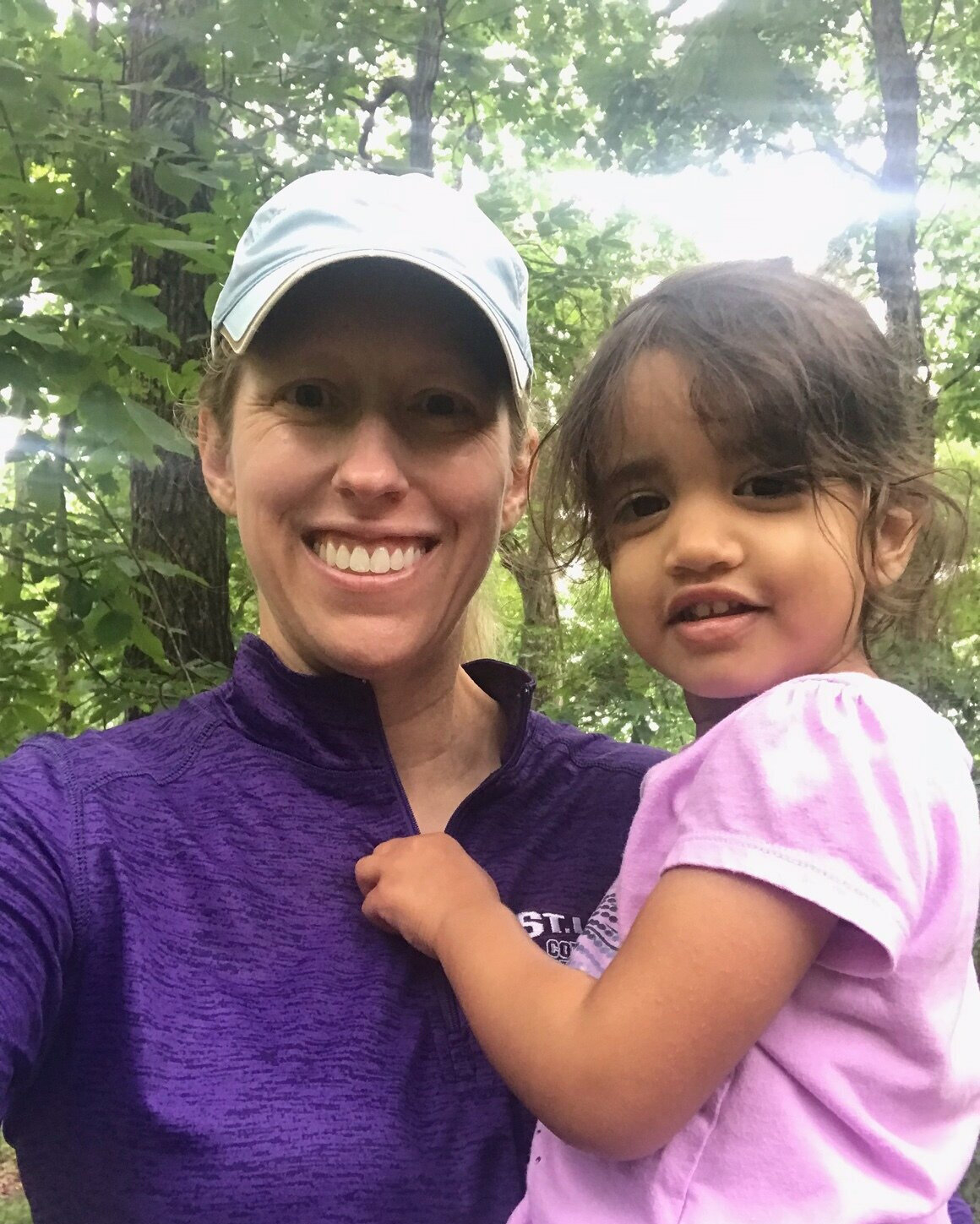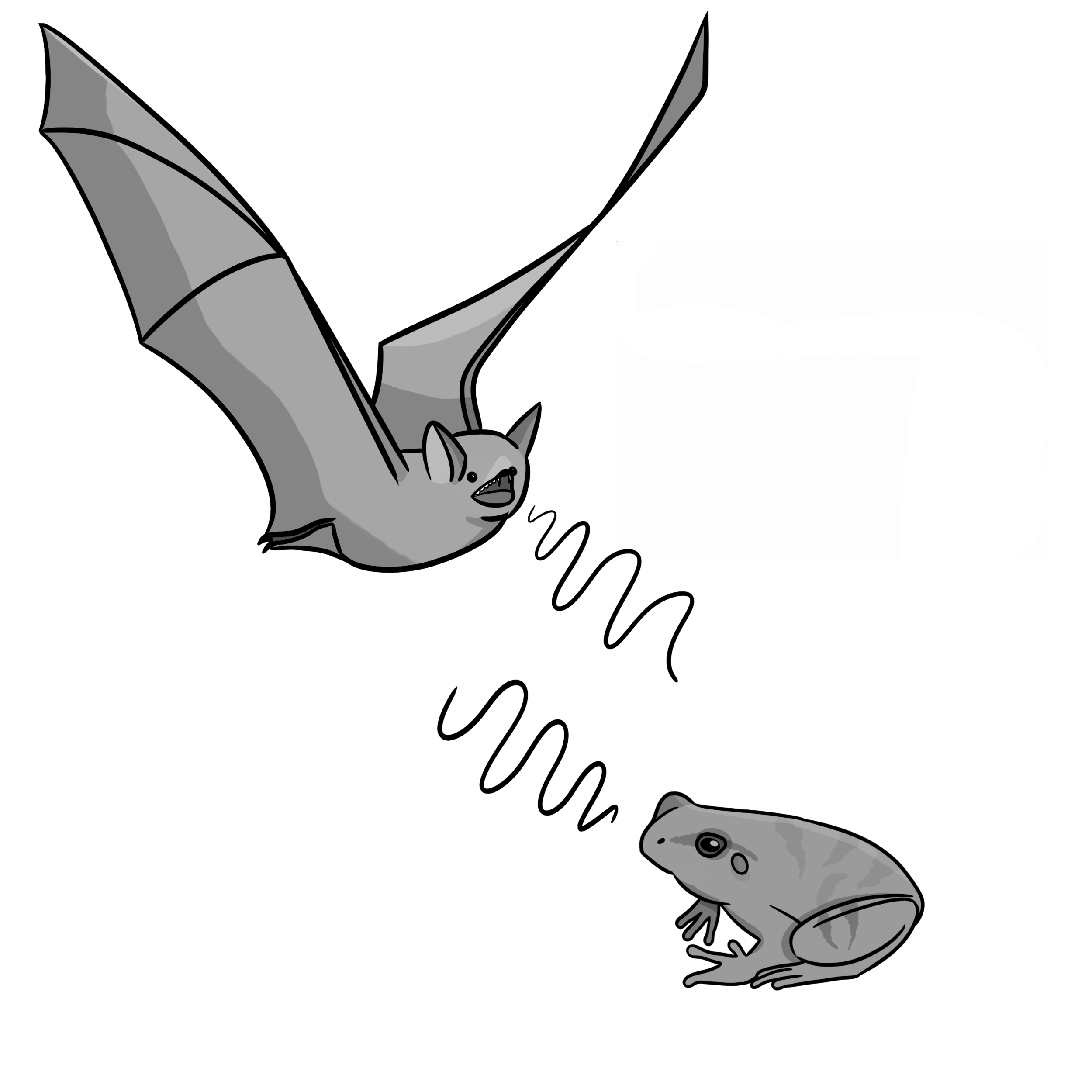HUMANS OF TYSON 2021
Whitney Anthonysamy
(she/her)
Assistant Professor of Biology
University of Health Sciences and Pharmacy
PI St. Louis Wildlife Project
I work with Solny and Beth on the St. Louis Wildlife Project, an amazing collaboration that we started in the Fall of 2018. We have a 40-kilometer transect of 34 cameras which starts at the Arch (very urban), and it runs all the way out past Tyson to Route 66, just on the edge of Eureka. It captures a very urban to a very rural gradient.
This past spring, we added another component. Cameras are really great for getting photos of larger vertebrates, mostly mammals, right? They are really great for anything like a squirrel or bunny or bigger. But we're missing a lot of other biodiversity; bats, insects, amphibians, reptiles and things like that which are really hard to consistently capture with a camera. So, we deployed AudioMoths (acoustic recorders) this past spring, alongside our cameras to record for birds. This summer, we've adjusted the frequencies that these recorders can detect, to sample for bats. You can identify species based on the frequencies and the patterns of the sound waves that they produce. But we're also going to be getting all these other nocturnal, nighttime animals, too, like tree frogs and insects and owls. Our hope is to add another layer of biodiversity sampling detection, using these acoustic recorders. We're really excited to see what we find. It’s a lot of data. We think, 'Oh, this is also a great pilot project for tree frogs!' Or 'This is a great pilot project for cicadas!' So, this summer I've mostly been focused on doing field work for that project and getting prepared for analyzing all that data.
A bat and a frog make sound waves as they communicate.
I presume you have to identify all these species just from the auditory sounds that you're getting. Would you say it's easier or harder for your research when you think about identifying them just from the AudioMoth versus those that show up on camera?
I don't know yet! We haven't started formally looking at the data yet, so I don't know how it's going to be. I think it's going to be trickier because we have a lot of common knowledge, like what a squirrel looks like or what a deer looks like, right? The audio recordings are just a wave file. You can listen to it and if it's something like a bird or a frog, I think that would be similar to looking at a picture, for someone who knows a lot about birds. But with the bats where we can't really hear it or see an image except for the pattern of the sound frequency on the computer screen, that's going to be a pretty steep learning curve. We're going to have to rely a lot on the software that we use. One of the software packages that we use has a bat auto-ID option. It sounds great, but I imagine there's probably a confidence error bar with that, too. So, I don't know. It might be easier in some ways, but it might be challenging in some ways, because we're going to have to rely on the software to tell us if that's a big brown bat versus a little brown bat.
Like you said, there's going to be learning curve and it sounds like a challenge, but it sounds so cool that you have all this information and will deduce what you can.
I love to learn new things. I think that's why most of us are in this field because we love to learn new things. It's exciting to learn more about a certain group of organisms and then expand our research a bit. It's also frustrating but fun to learn new software and to get students involved in it all.
Whitney is a principal investigator for the St. Louis Wildlife Project and collaborates with Tyson staff scientists Beth Biro and Solny Adalsteinsson.



